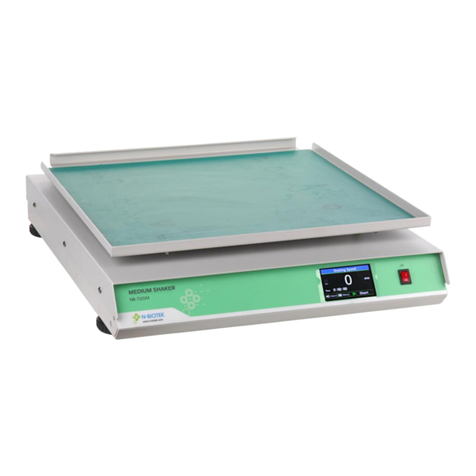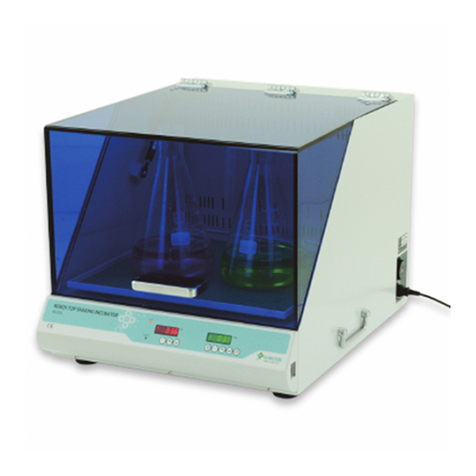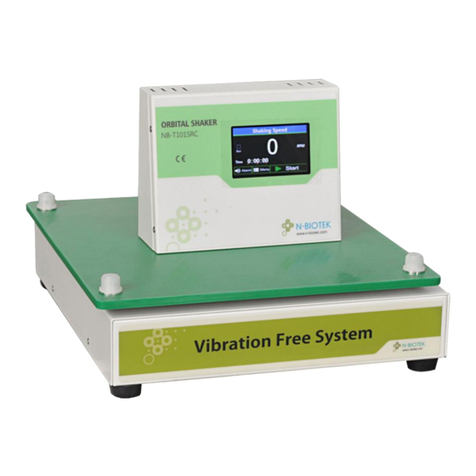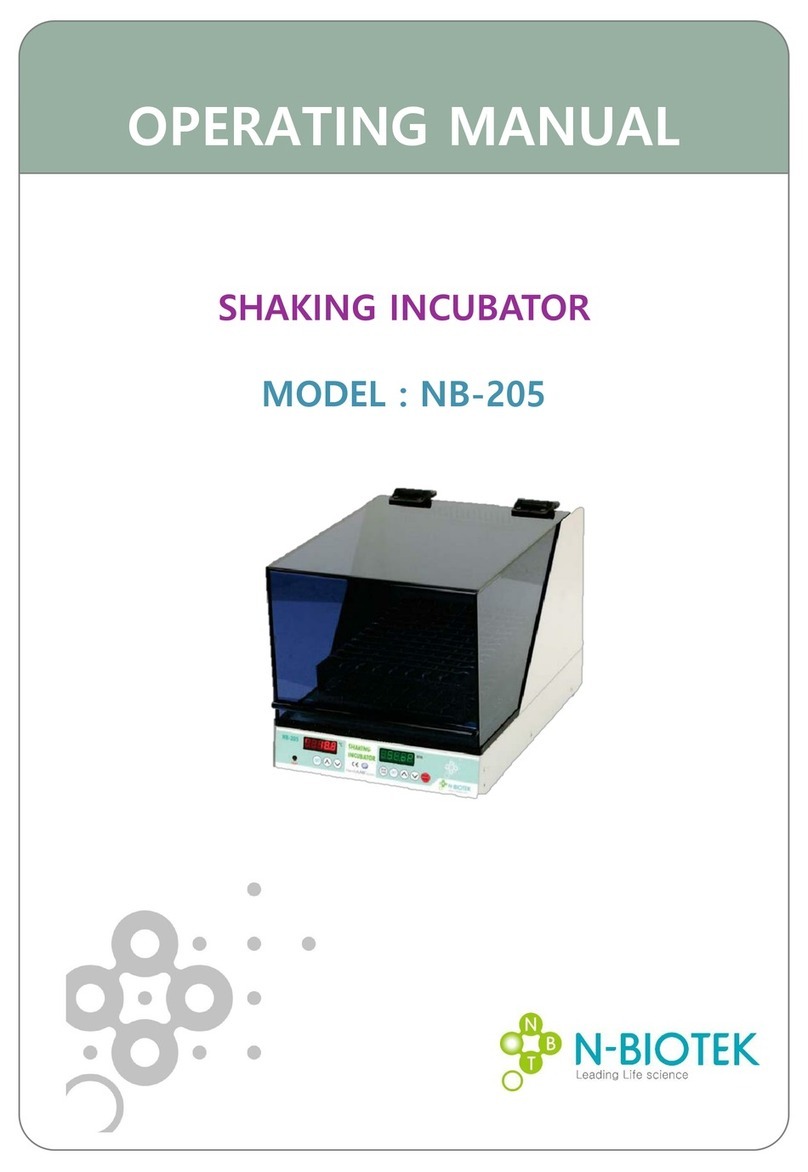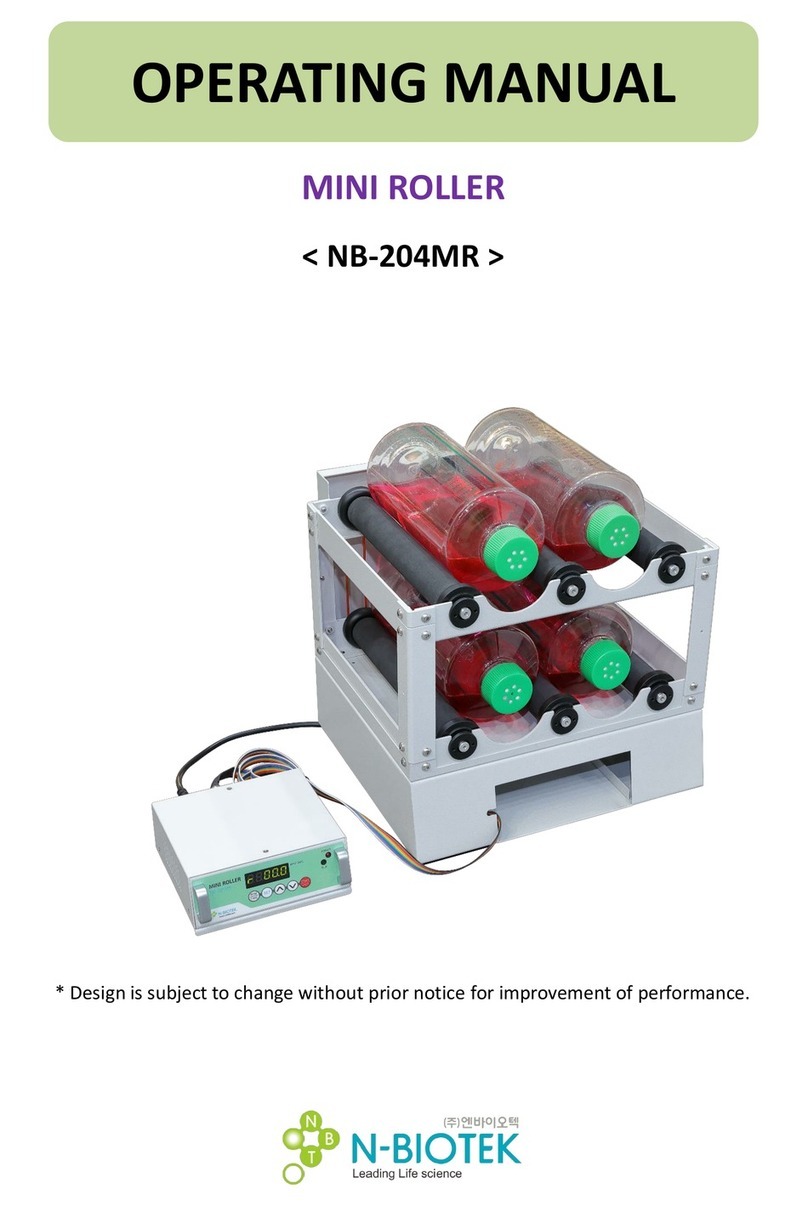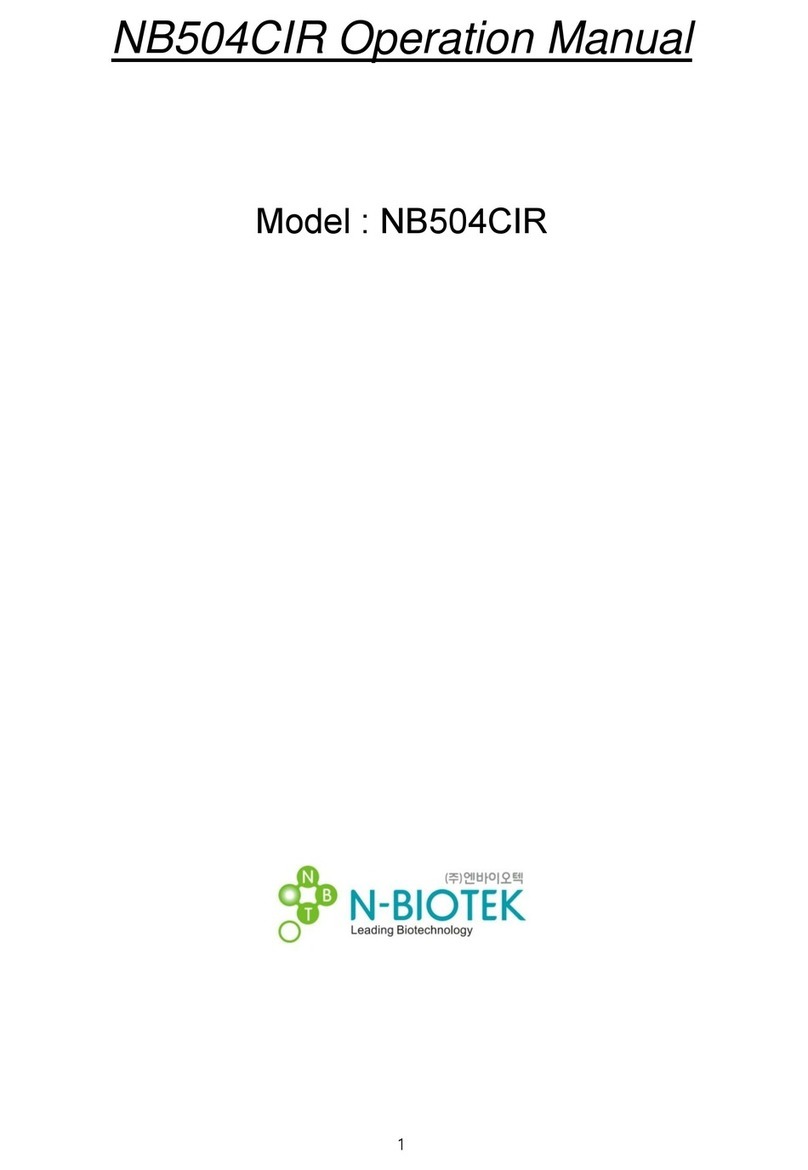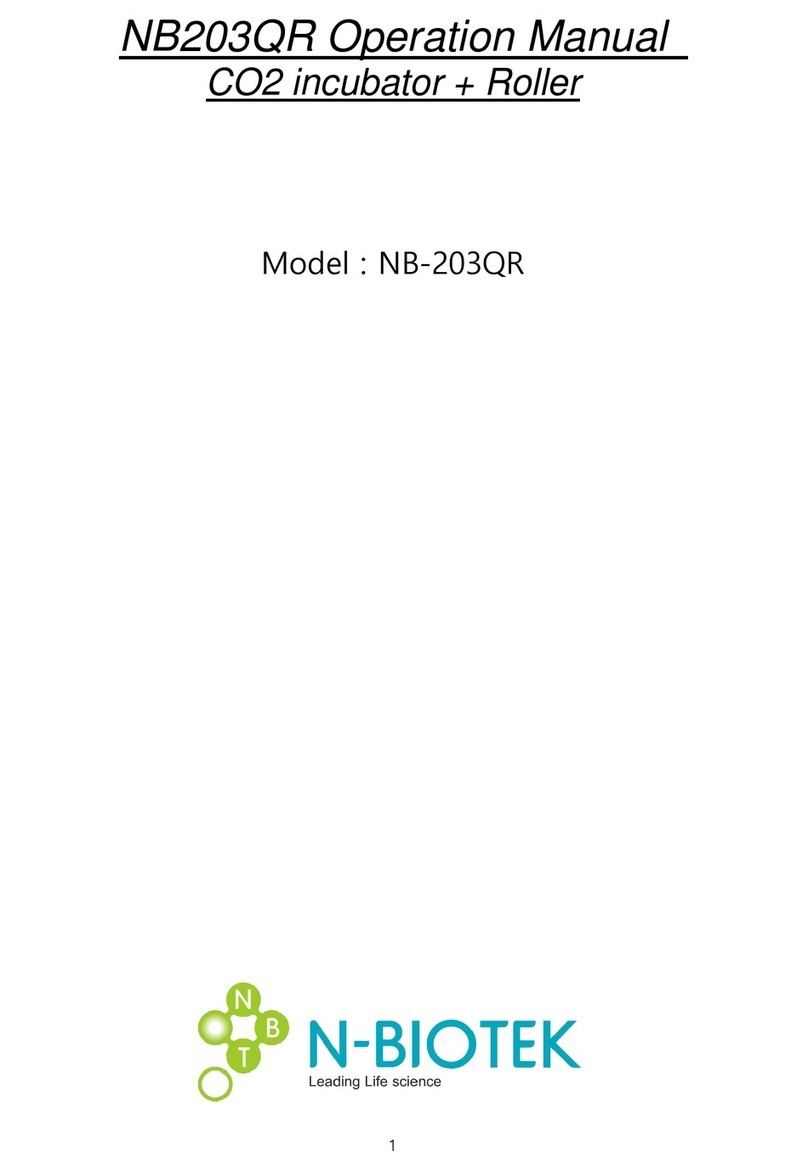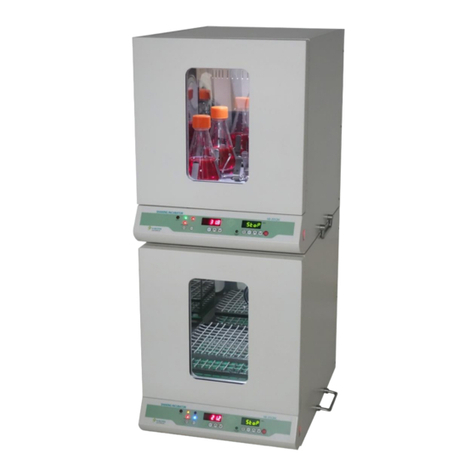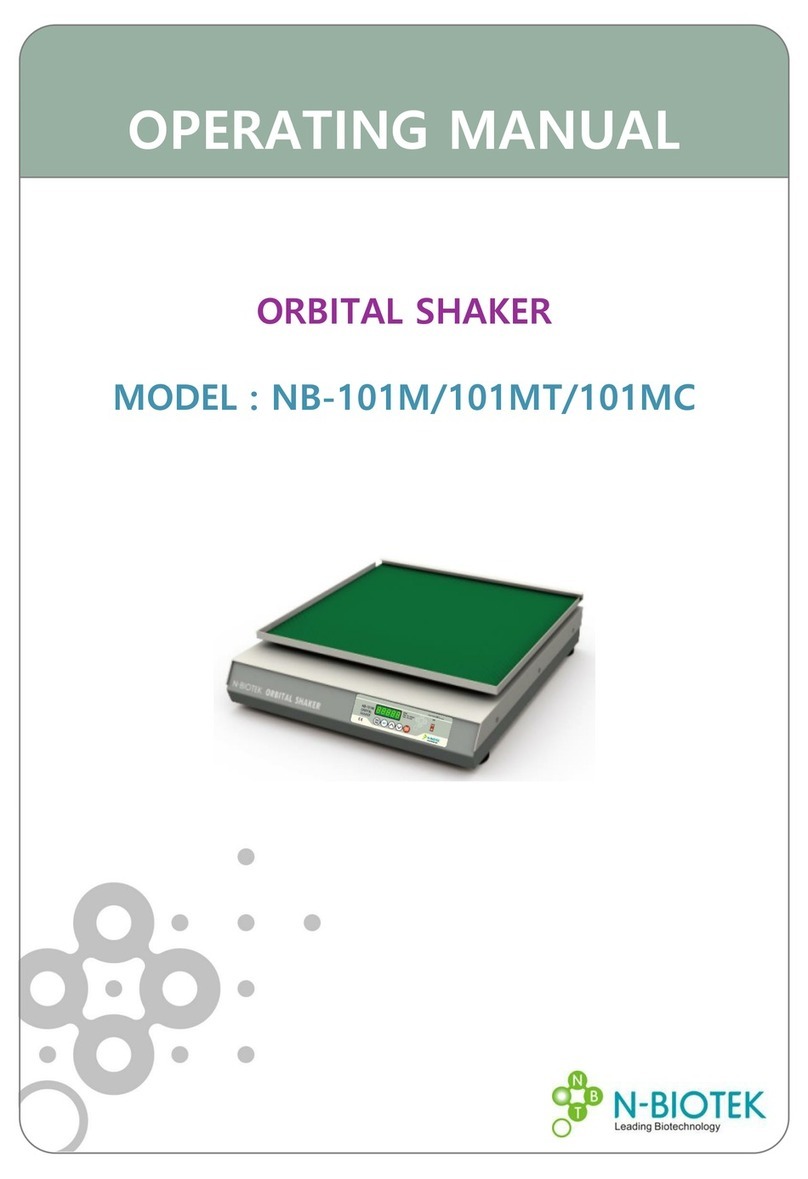Page 5/ 19
2. Precaution for ground connection
Please ground before use the product, if you don't ground, you can get an electrocution
when malfunction or an electric leakage occurs.
At the place where you can't ground,
* Please buy the equipment to prevent any electrical leakage.
* An electric shock, an electric leakage and a fire can be occurred without
an electric leakage breaker.
Do not ground to these places; Gas Pipe, water pipe, pipe, lighting rod,
telephone wire etc. * Wrong ground connection can cause electrical leakage
which eventually results in fire
If you don't have the outlet for AC 220V, then bury it under the ground
after connecting the ground line to copper plate.
* No ground connection can bring an electrocution, an electric leakage
and a Fire.
3. Precaution for use
You must not disassemble, fix and remodel the product by yourself.
(You can damage the product throughout a fire and malfunction or get a property
loss as well as experimental loss.
Do not use the product for different purpose.
(It can cause malfunction or poor function. Consequently, you will get a wrong result.)
Do not use a flammable spray near the product.
(The switch and other electric connection parts can cause a fire.)
When you use flammable substances such as benzene, thinner, alcohol
and LP gas, please be careful .(It can cause a fire and an explosion.)
To prevent water and experiment material from going into the control
panel during the experiment, make sure to clean the control panel with a
dry cloth. (It can cause an electric leakage and a fire.)
Do not wash the product with excessive quantity of water, thinner, benzene
and Petroleum. (It can cause an electric leakage, and malfunction or damage
on the surface.)
